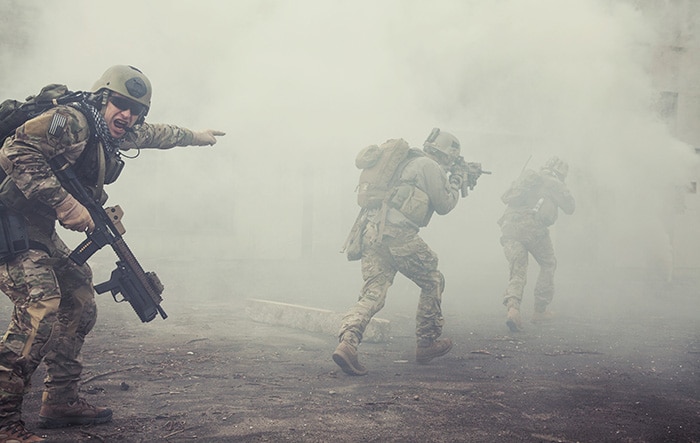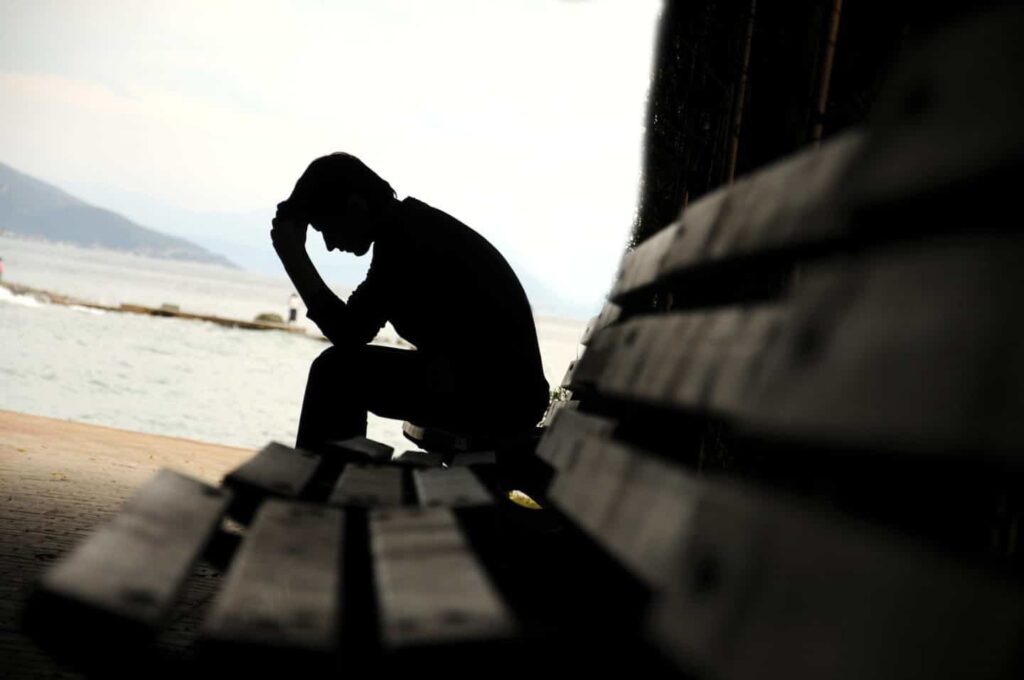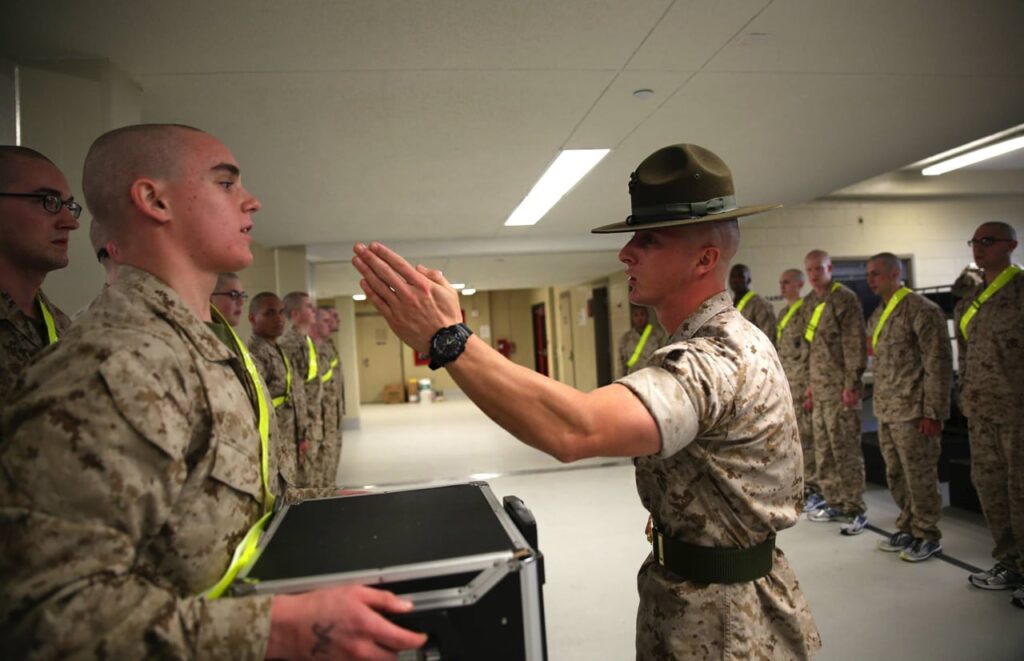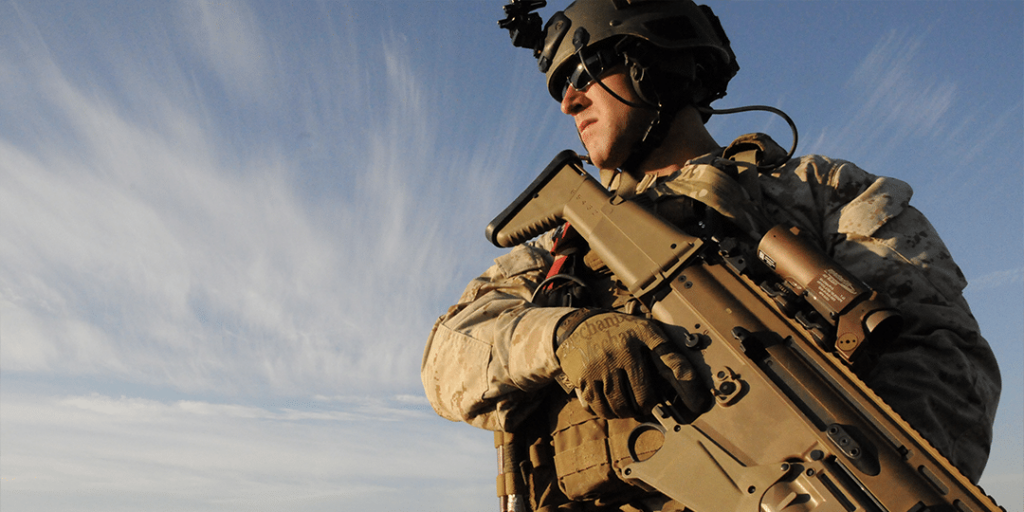
- The App
- Sandboxx News
- Resources
Learn
- Company
About
Become a Partner
Support
- The App
- Sandboxx News
- Resources
Learn
- Company
About
Become a Partner
Support
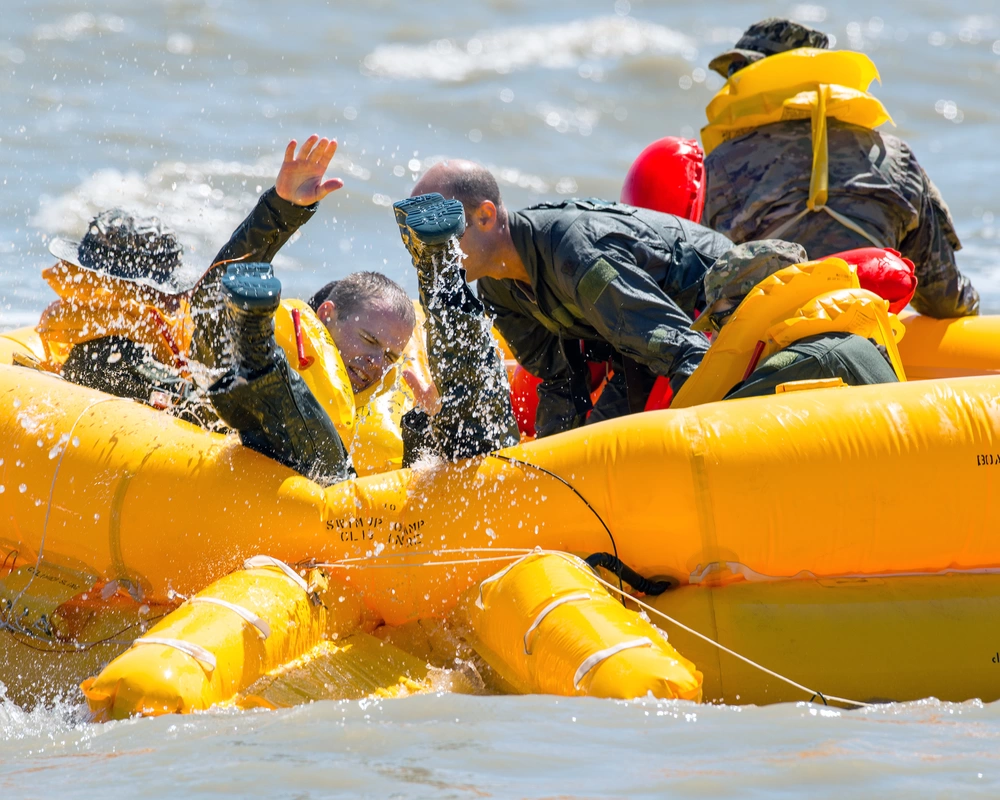
Survival, Evasion, Resistance, and Escape (SERE) training prepares U.S. military personnel, Pentagon civilians, and private military contractors to survive and “return with honor” in survival scenarios. The curriculum includes survival skills, evading capture, military code of conduct application, and techniques for resisting interrogation and escaping from captivity.
SERE training was formally established by the U.S. Air Force following the end of World War II. It was extended to the Navy and United States Marine Corps and consolidated under the Air Force during the Korean War with a greater focus on “resistance training.”
The U.S. military expanded SERE programs and training sites during the Vietnam War. In the late 1980s, the U.S. Army became more involved with SERE as Special Forces set up their own training program, led by LTC James “Nick” Rowe, a Special Forces officer who had been a prisoner of the Viet Cong for five years.
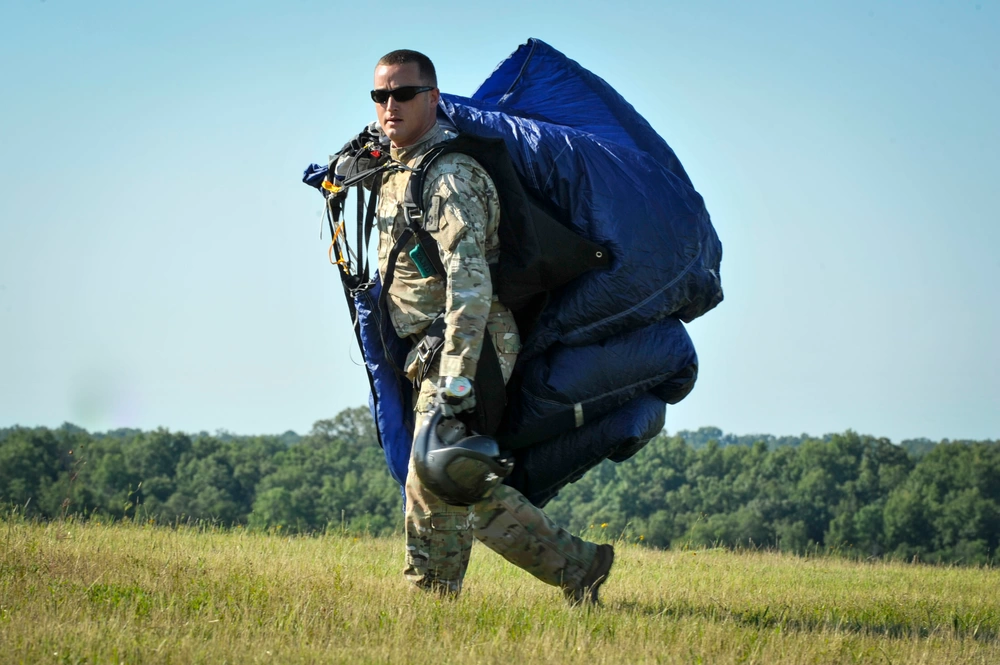
The Army Special Forces’ SERE course focuses its training on the following:
There are different levels and types of SERE training.
Level A is initial-entry-level training that all Soldiers, enlisted, and officers receive upon entering the service. It provides a minimum level of understanding of the Code of Conduct.
Level B is designed for personnel whose “jobs, specialties or assignments entail moderate risk of capture and exploitation.”
According to the Pentagon, these can be “members of ground combat units, security forces for high threat targets and anyone in the immediate vicinity of the forward edge of the battle area or the forward line of troops.”
Current combat operations have shown that practically everyone deployed in theater falls under this category. Consequently, demand for Level-B training has proliferated exponentially, and it has become mandatory for most deploying forces. Level B is conducted at the unit level through the use of training-support packets containing a series of standardized lesson plans and videos.
Related: Frosted Misery: A Navy SEAL in SERE School
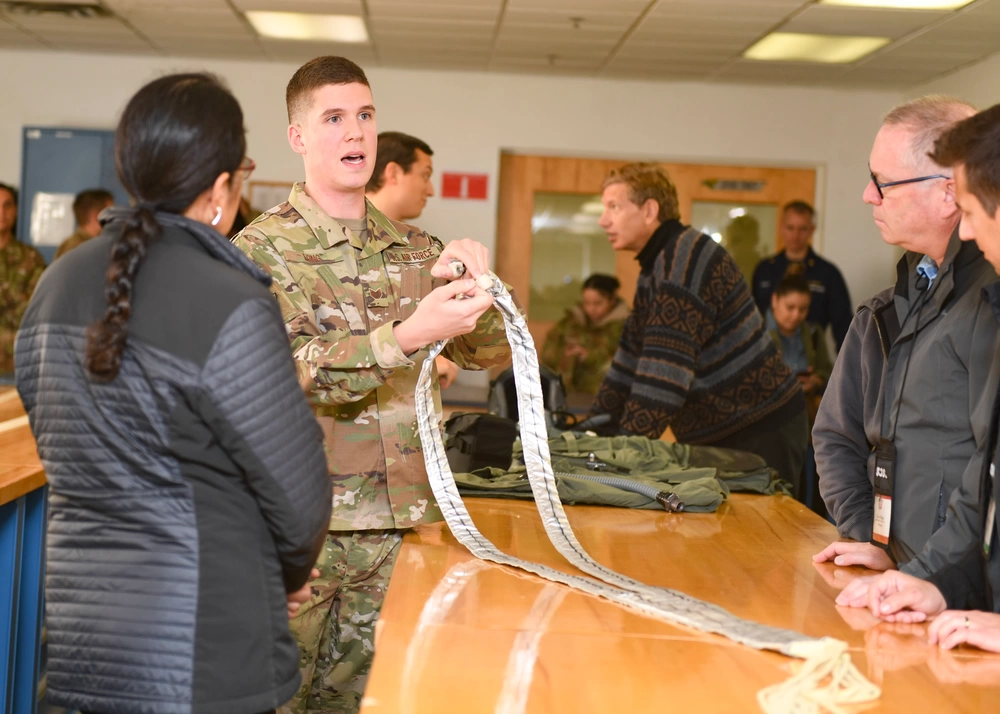
The SERE Level C Course is designed for personnel whose “jobs, specialties or assignments entail a significant or high risk of capture and exploitation.”
According to the Pentagon, “As a minimum, the following categories of personnel shall receive formal Level-C training at least once in their careers: combat aircrews, special operations forces (e.g., Navy special warfare combat swimmers and special boat units, Army Special Forces and Rangers, Marine Corps Special Operations and force reconnaissance units, Air Force special tactics teams, and psychological operations units) and military attaché.”
The SERE Level-C training facility at Camp Mackall is one of only five facilities within the DoD that is authorized to conduct Level-C training. The Air Force conducts training at Fairchild AFB, Washington, and the Navy has facilities in Brunswick, Maine, and North Island, California. The Army Aviation Center at Fort Rucker, Alaska, has its own Level-C facility for aviation pilots in the Army.
Related: Women passing Special Forces Selection? Yes, you can
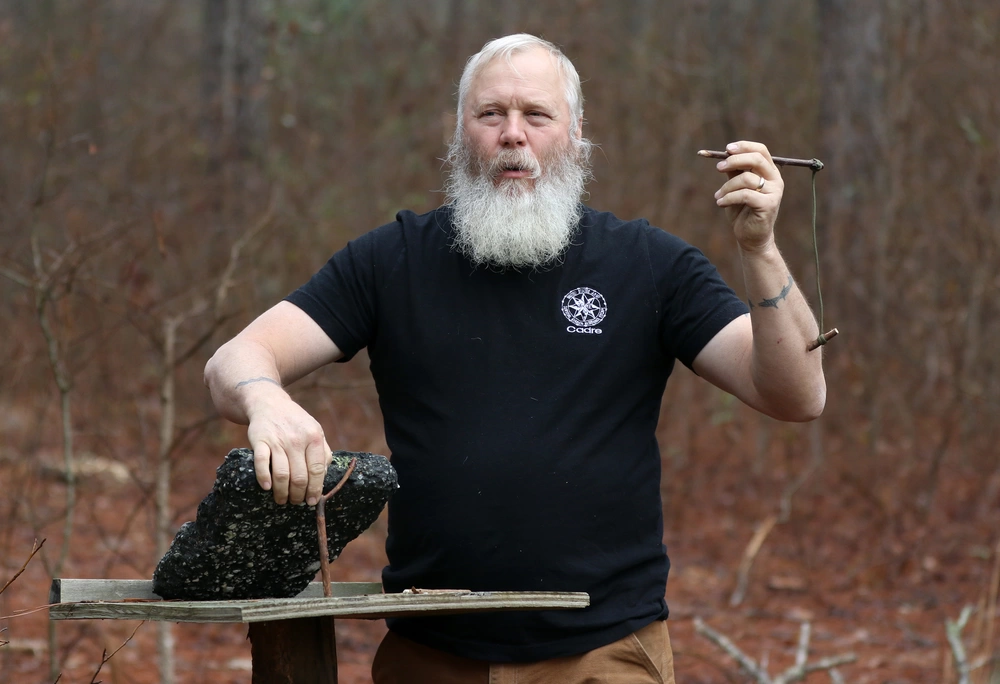
The Army’s first SERE Level C course was conducted at Camp Mackall, North Carolina, in 1986. LTC Rowe developed the first SERE Level C course based on his experiences as a Viet Cong POW. Special Forces Soldiers who were qualified in SFQC prior to 1986 may not have attended SERE, although many also attended SERE Level C as a stand-alone course once it was established. In 1998 it became mandatory for all Special Forces candidates to attend SERE before assignment to an SF group.
The course incorporates classroom training and field training on Code of Conduct Training, a field training exercise where evasion and survival skills are practiced; survival and resisting-captivity skills are also practiced in a mock prisoner-of-war camp.
The myths that are perpetrated about SERE rival those of Special Force Selection. These are the most common ones:
I was going to use more colorful language but suffice it to say that this is total horse dump. I’ve even seen the “It may just be a small one like a pinky…” Jeez. No one is breaking bones out there, folks. We don’t do it to detainees in Gitmo. We’re not going to break the bones of future Special Operations troops.
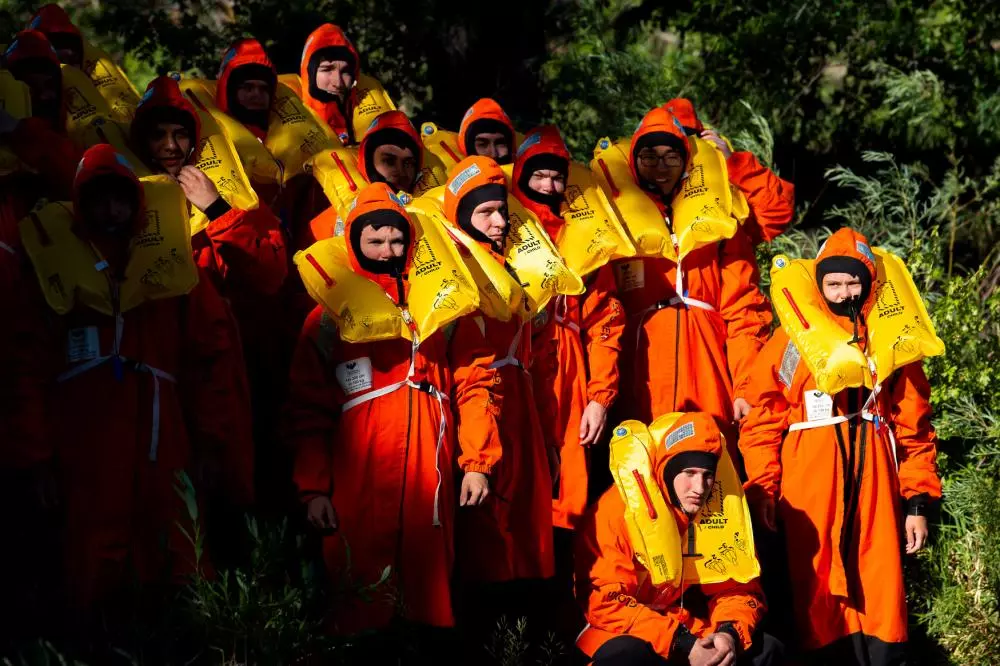
Wrong again. It isn’t a torture school at all. It is tough. It will push you in ways you probably haven’t been pushed before, and it isn’t fun. But when all is said and done, SERE is one of those courses that no one wants to go to but looks back upon it as a great learning experience. Treat it as such and learn from it. That is what it is designed to do.
This has to be my favorite myth about SERE school. Most of the great unwashed who repeat this myth base it on the 24-hour rule after SERE. After SERE is complete, students are given a 24-hour break to decompress before the out briefs are given. This is because the candidates get very little sleep during the final week and are generally hungry. The out briefings are important teaching points, and the students must retain them.
But saying that these 24 hours are given because students develop PTSD and psychosis is akin to saying one plus one equals six.
So, SERE isn’t “fun” training, but it is definitely “good” training. Graduates will learn a lot about themselves in this course, but during their time in the “resistance laboratory,” no one is going to break their bones or give them PTSD. Although you may want to familiarize yourself with this poem:
Feature Image: Survival, Evasion, Resistance, and Escape cadre instruct aircrew members from Travis Air Force Base, Calif., on basic water survival skills during a training session in San Pablo Bay, Calif., July 19, 2017. Over 15 Aircrew members from Travis participated in the training which covered mirror signaling, flare activations, and simulated rescue from the U.S. Coast Guard. (U.S. Air Force photo by Louis Briscese)
Editor’s Note: This article was originally published in December 2022. It has been edited for republication.


